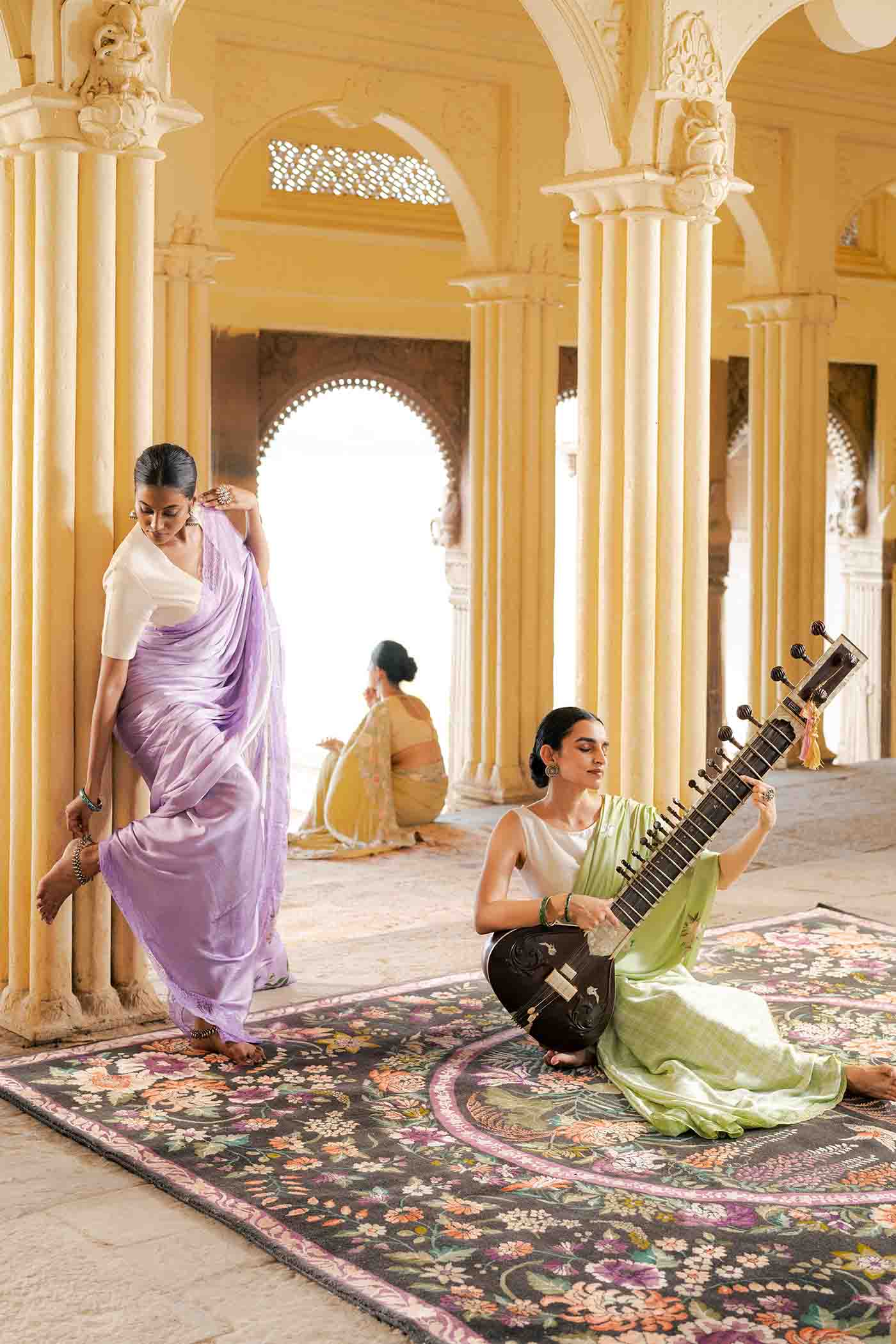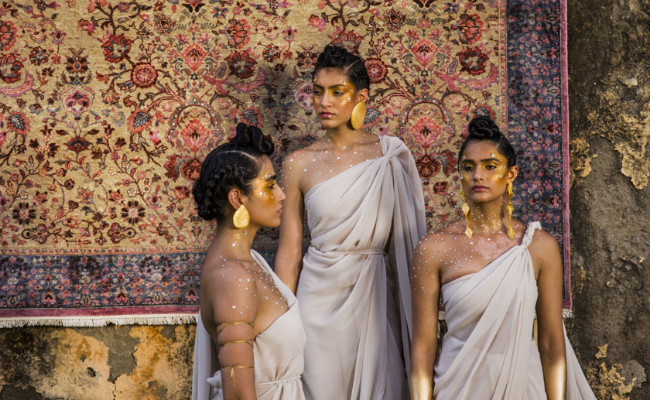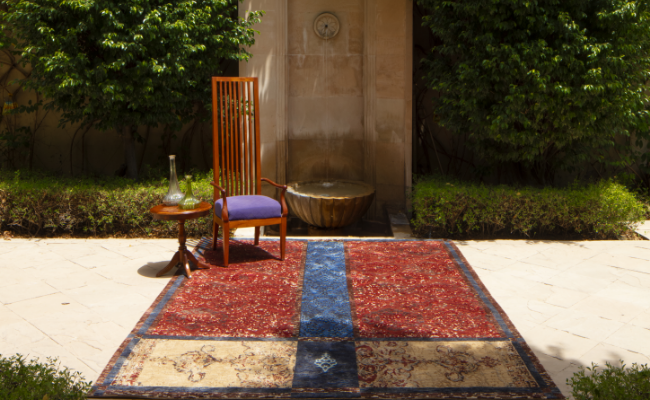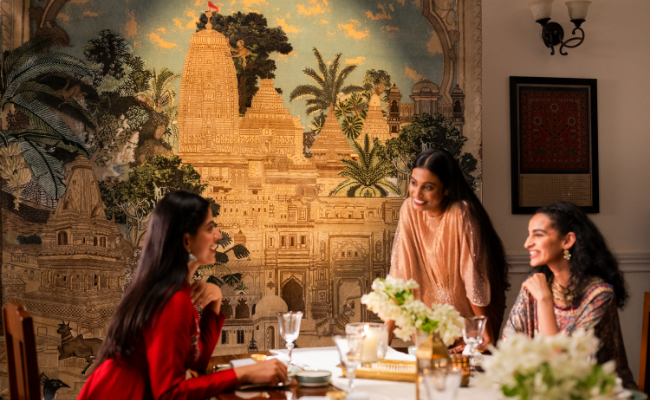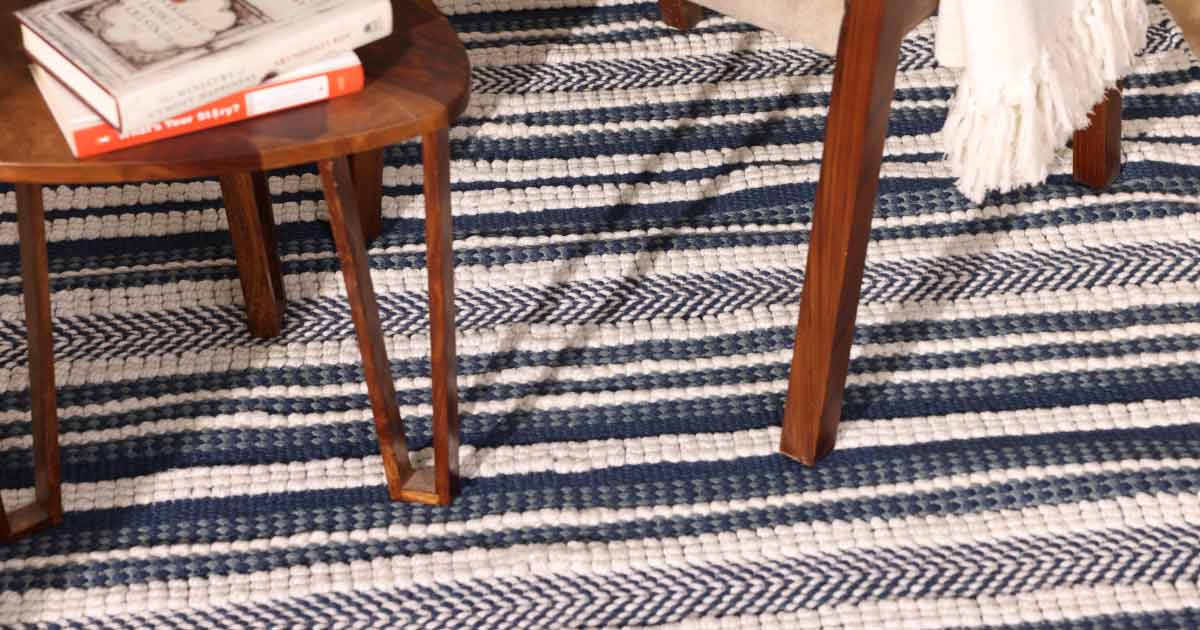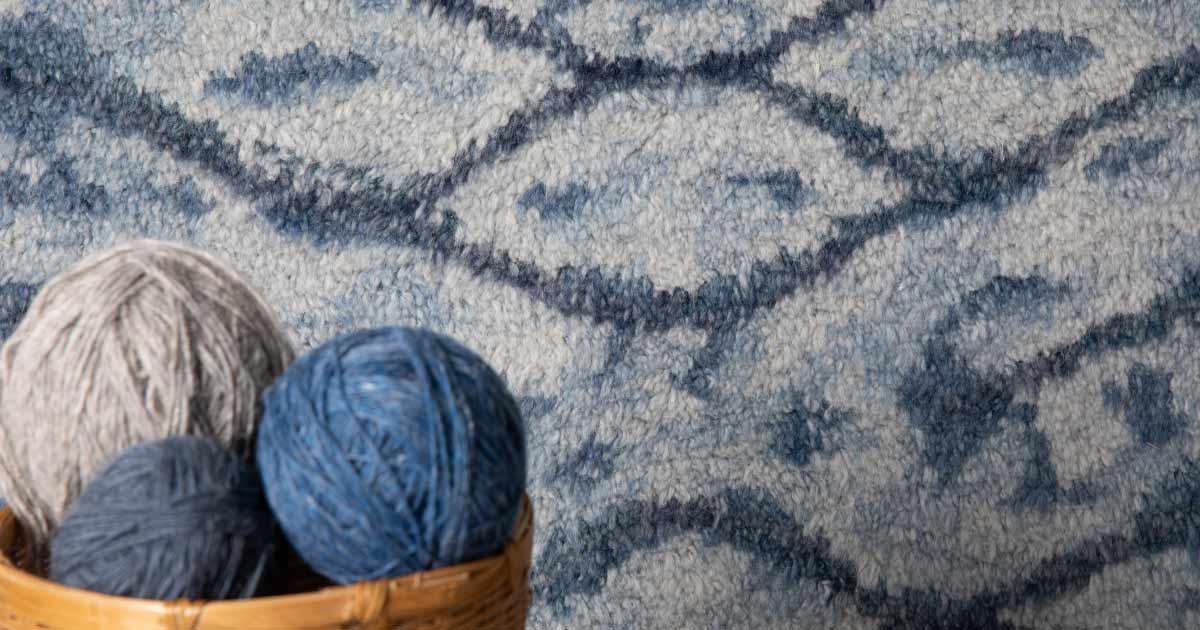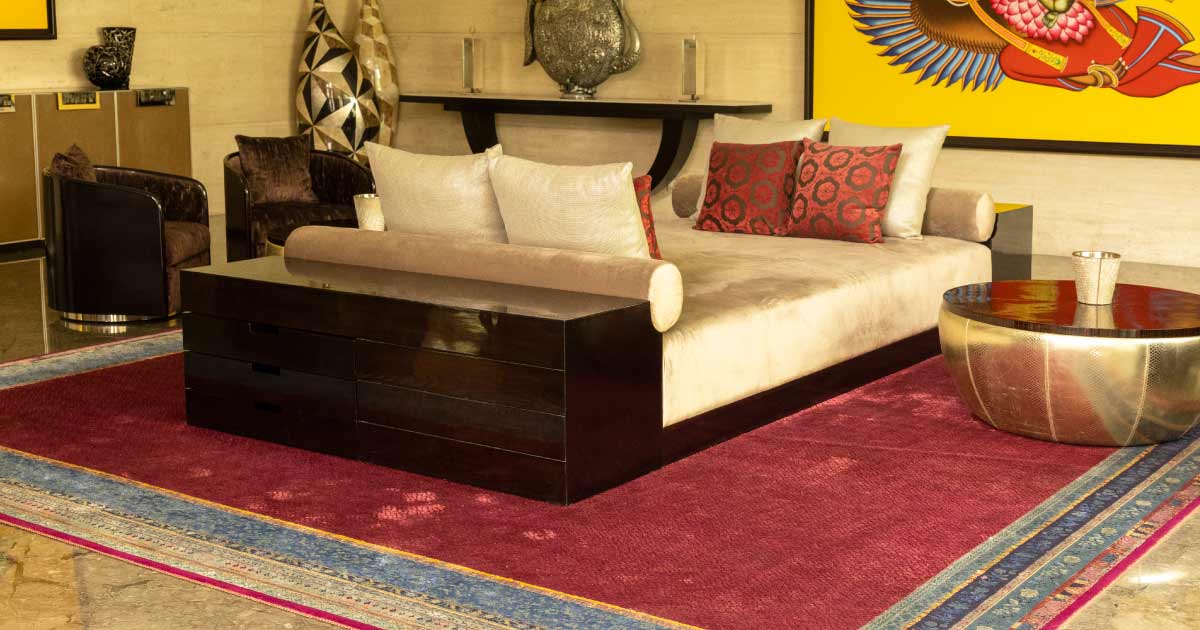
How did interior design and home décor emerge as a lifestyle?
Interior Design and home décor trends are no longer confined to planning the colour of your walls, the size of your furniture, and focusing on just the utilitarian aspect of things. It has become a whole new trend creating homes that are a true reflection of ourselves.Interior design and home decor emerged as a lifestyle trend over time as people's attitudes toward their living spaces evolved. Historically, home decor was often viewed as a practical necessity rather than a form of self-expression. However, as people's standards of living improved and their disposable income increased, they began to place more importance on creating aesthetically pleasing living spaces.

In the early 20th century, interior design became a profession and began to gain recognition as an art form. Interior designers were seen as experts in creating harmonious and functional living spaces that reflected their clients' tastes and lifestyles. As the middle class grew, more people were able to afford professional interior design services, and decorating their homes became a status symbol.
Buying anything home décor today is much more than just our practical requirements, rather it is about the aesthetic, self-expression, and the overall experience we get out of the things that we acquire for our homes. Naturally, this calls for a small guide to the journey of home décor and design so we know what’s new, and what has been labelled as outdated today.
Shift in colours
In recent years, there has been a noticeable shift in preferences for colours in home interior and design. While neutrals like beige, grey, and white have been popular for decades, homeowners are now gravitating towards bolder, brighter hues. One reason for this shift is the desire to add more personality and individuality into living spaces, as people spend more time at home.
Deep, moody colours like navy blue, emerald green, and deep burgundy are particularly popular for creating a cosy, intimate atmosphere in bedrooms and living rooms. These colours can be paired with natural wood, leather, or brass accents to create a warm, inviting space. In addition to darker colours, pastels are also gaining popularity, particularly in kitchens and bathrooms. Soft shades of pink, mint, and lavender add a touch of whimsy and playfulness to these spaces.
Finally, earthy and natural hues like terracotta, rust, and olive green are becoming more popular as people seek to bring the outdoors in. These colours pair well with natural materials like wood, rattan, and jute, creating a warm, rustic vibe.
Aesthetics
Aesthetics are about, in today’s lingo, ‘the vibe’ you wish to create in your home. If you are somebody who is into a bit of floral, lighter shades, and patterns that fall somewhere in the middle of minimalist and maximalist, your vibe is Bohemian.
Bohemian aesthetic primarily emerged as a form of self-expression from creatively and artistically driven individuals, but has gained popularity in every domain in the recent years.
Another aesthetic that is popular among homeowners and design experts, is the minimalistic aesthetic which mainly consists of elements that are not at all overpowering to the senses. From solids, to lightly patterned furnishings or objects, the minimalistic theme is great for individuals who prefer lighter materials, colours, and designs for their homes.
In recent times, individuals are mentally driven, with many of them wanting to get in touch with their roots, or their spiritual calling. This has made homeowners explore opulent, traditional designs that are a speciality in different of regions. For example, Indian tribal designs, Persian textile designs, and Victorian inspired accents have been in constant demand.
Materials
The preferences for materials in home design and interior industry have evolved over time, influenced by a variety of factors such as technology, cultural shifts, environmental concerns, and economic conditions.
Natural materials: In the past, natural materials like wood, stone, and clay were commonly used in home design and interior decor. These materials were favoured for their durability, aesthetic appeal, and availability. Today, natural materials are still popular, but there is also a growing interest in sustainable sourcing and eco-friendliness.
Industrial materials: In the 20th century, industrial materials like steel, concrete, and glass became more prevalent in home design and interior decor. These materials were favoured for their strength, versatility, and modern aesthetic. Today, industrial materials are still popular, but there is a growing interest in combining them with natural materials to create a more balanced look.
Synthetic materials: In recent decades, synthetic materials like plastic, vinyl, and polyester have become more common in home design and interior decor. These materials are favoured for their affordability, durability, and ease of maintenance. However, there is also growing concern about their environmental impact and health effects.
High-tech materials: With advances in technology, high-tech materials like carbon fiber, graphene, and smart fabrics are starting to make their way into home design and interior decor. These materials offer unique properties like strength, flexibility, and interactive features that can enhance the functionality and aesthetics of a space.
The evolution of material preferences in home design and interior industry reflects changing societal values and priorities, as well as advances in technology and innovation. There is a growing focus on sustainability, eco-friendliness, and health and wellness, which are likely to shape material preferences in the future.
Expression
Expression of the self plays a crucial role in the home design and interior as it is an essential element in creating a welcoming and appealing space. It helps personalize a space and make it unique to the members of a home, provides them with the ability to express their personality and style through the design of their homes. Oftentimes, it can create an emotional connection between the homeowner and their living space. A well-designed home that reflects the homeowner's style can create a sense of comfort, belonging, and happiness.The right combination of colours, textures, and patterns can transform a space into a beautiful and inviting environment.
Today, interior design and home decor continue to be popular lifestyle trends, with social media platforms like Instagram and Pinterest allowing people to easily share and discover design inspiration. Home decor is no longer just a practical consideration, but a way for individuals to express their personalities and create spaces that reflect their lifestyles and values.
Buy carpets online for your interior design and home decor.


